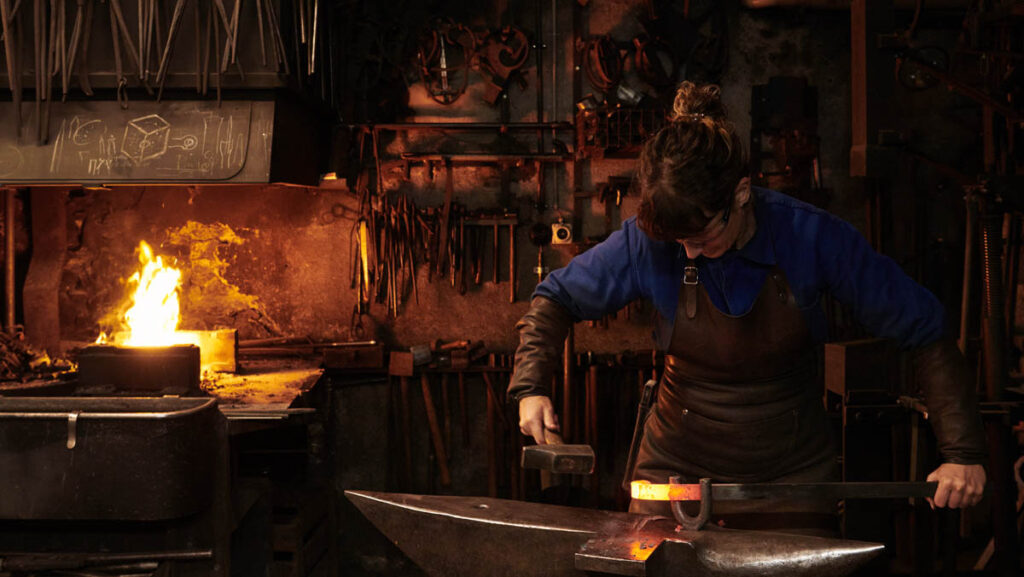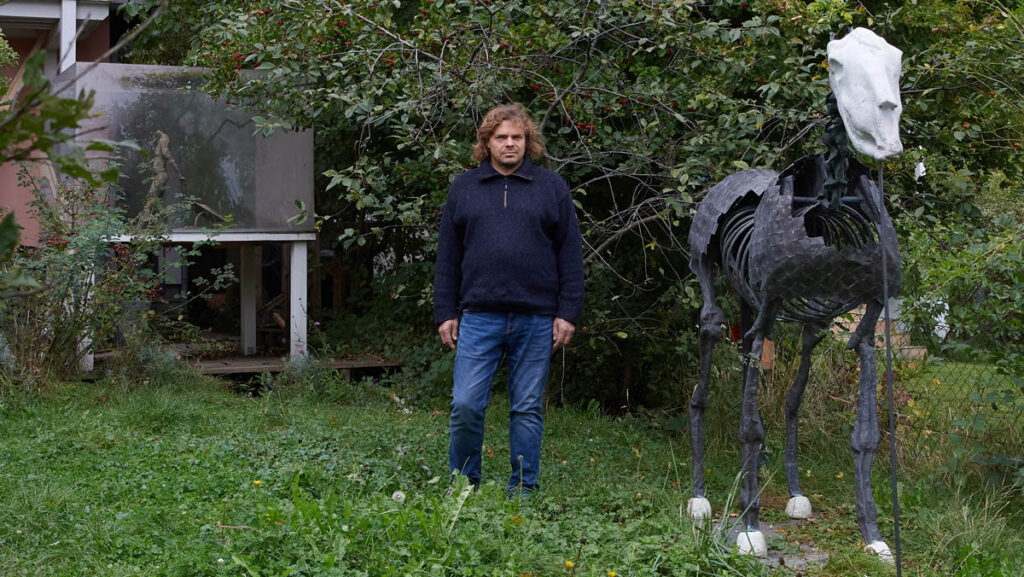
How long have you been working with airbrush? How would you describe your artistic development since then?
I’ve been working with the airbrush for about two years now. I have a background in oil painting and drawing, but I’ve also created work in performance and more conceptual practices. I found that for what I’ve been trying to achieve, the airbrush works best for me and seems the most relevant to my approach to artistic practice.


What role does the blur in your portraits play?
I find that blur plays a pivotal role in the effect of my imagery, as I try to convey the fantasy-like feeling I hope to achieve. Blur has obviously been used as an effect in painting throughout history, but I often find it functions primarily to aestheticize the image, emphasizing blur as a visual trait. For me, blur feels more aligned with the way photography functions; in the sense that when you initially engage with a photograph expecting factual representation, a blur prompts you to question its “truth”, the mysticism.

Your work often resembles pictures shot with an out-of-focus camera. Do you take photos yourself as part of your process?
I don’t really take any photos as part of my process; rather, I source from the vast array of images online, editing and cropping them to try to achieve the type of image I want. I usually don’t blur anything before painting either—the airbrush naturally creates that effect, and I also like being in control of which parts render more loosely.
Are there experiences in your life that have particularly shaped you or your work?
I like to reference aspects of my upbringing as having had a large effect on shaping my work. Growing up as part of a generation with widespread, unsupervised access to the internet, I was constantly exposed to millions of images and online subcultures. This led to a peculiar fascination with imagery that has informed much of how I learned to engage with the world.

You pull image references from a wide variety of media. How do you decide which ones to use?
Usually, I create a body of work focused on certain themes, and I find that much of the process of sourcing images becomes part of the work itself. For my solo exhibition Kissy Face at Blouin Division this past year, I found many of these images on social media since I was exploring intimacy and the circulation of images online. Social media continues to be a constant resource for me—an infinite archive—enhanced by algorithms that allow me to be more specific and even clever in how I find images.
What role do music, film, or other media play in your daily life?
I tend to overstimulate myself with media quite often, so I’m usually watching a movie while cooking, or commuting, reading, and listening to music at the same time. I also tend to fixate heavily on my interests—if I’m into something, I’ll usually try to consume all types of media related to it.

Do you have any rituals that help you while working?
I love listening to podcasts while I work. My process usually involves a lot of contemplation and research before I begin a piece, so once I start painting, I like having something that takes me out of my own head. I recently noticed that I often listen to Issy Wood’s episode of How Long Gone? before or while I start painting. I also find myself listening to a lot of the same music while painting—Elliott Smith, Arthur Russell, and I also enjoy country music.
What questions are you most interested in exploring right now?
I’m interested in questioning how fantasy presents itself in a climate of excess. Specifically, with my portraits, I examine how ideas of fantasy relate to intimacy—the fantasy of being close to someone, or the fantasy of identity, using self-preservation through characters as a mask to live beyond oneself.

How would you define the word “sublime”?
The sublime feels like the unattainable—the effort of striving for something beyond the present. This might manifest as ideas of identity, escapism, or a general sense of existing outside of the self. Many of the people I follow online feel sublime to me, as they create these mythological versions of themselves.
What projects or artworks are you currently working on?
I’m currently working on new pieces for my thesis program, which is leading me into a lot of exciting research.
Jake Santos – www.instagram.com/jaeksantos/





